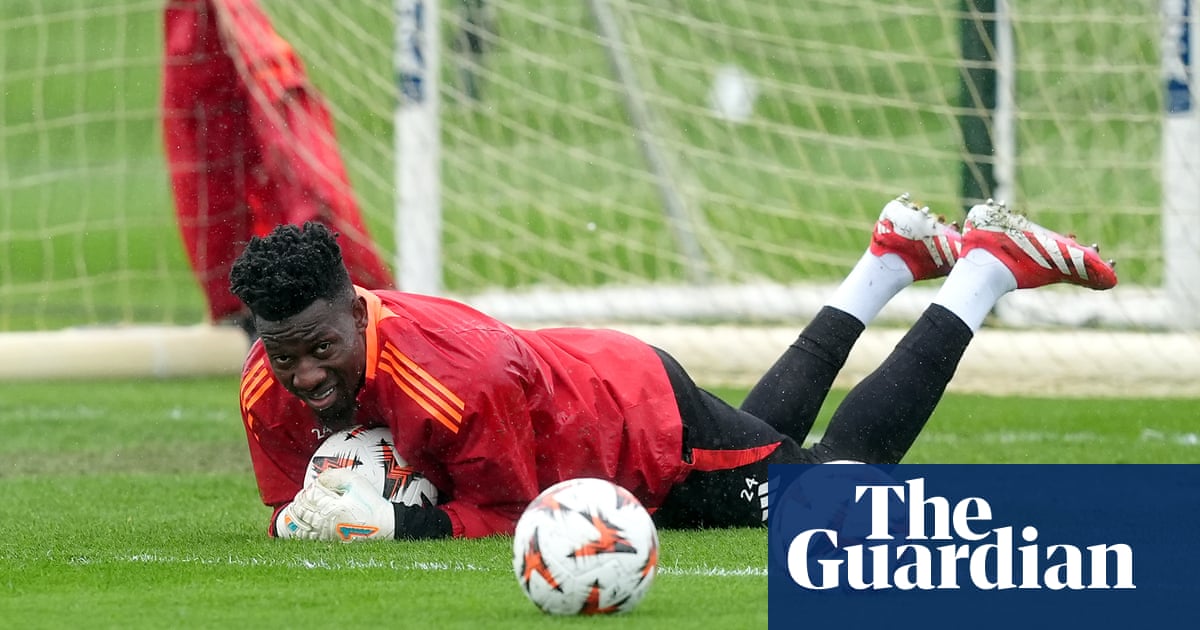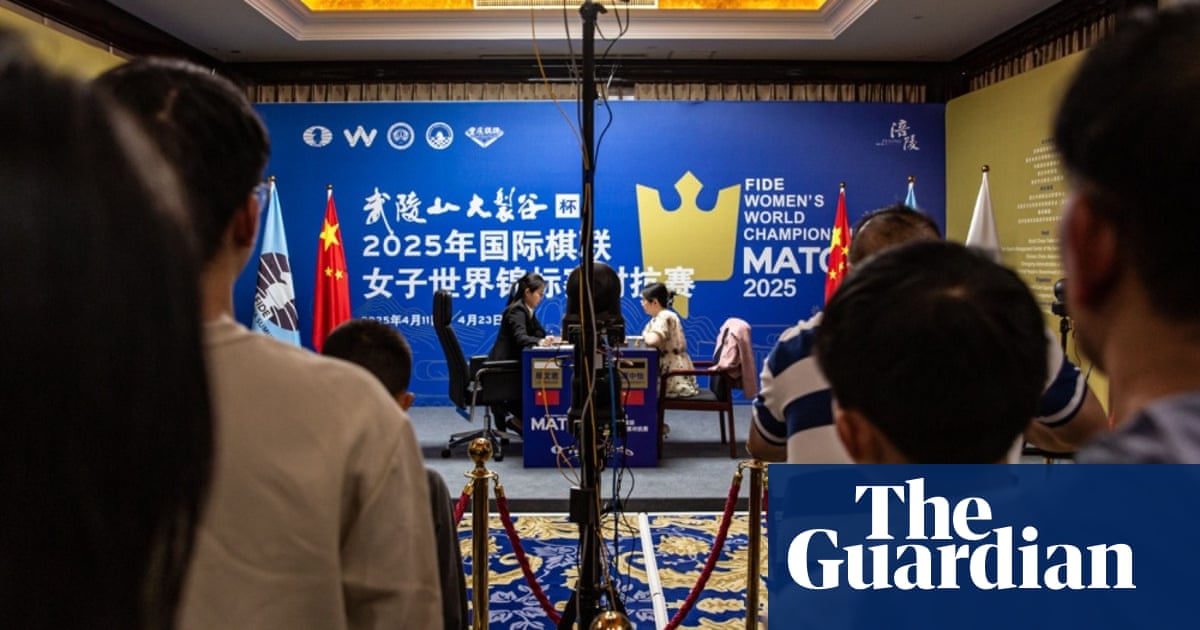The ITIA is listed as a defendant along with the ATP and WTA tours and the International Tennis Federation in antitrust suits filed in the US, United Kingdom and European Union, and came under fire for its anti-corruption and anti-doping processes.
“The ITIA’s aggressive, unrelenting, and, at times, illegal investigative processes subject players to dozens of drug tests (both blood and urine), invasive searches of their personal cell phones, hours-long interrogations without counsel, and harassment by unaccountable and ill-trained investigators,” the US action claims.

Nick Kyrgios has put his name behind the class action.Credit: Getty Images
The ITIA responded in a statement on Wednesday. “Credible international sport requires robust anti-doping and anti-corruption programmes, and we are proud of our role in contributing to a clean and fair sport,” it said.
The lawsuit also takes aim at the handling of a doping case involving men’s world No.1 and Australian Open champion Jannik Sinner, who had twice tested positive last year to traces of the prohibited substance clostebol.
The Italian told investigators his fitness trainer, Umberto Ferrara, had accidentally applied the steroid to his skin while massaging him after Ferrara had used a cream to treat a cut on his own hand.
Sinner was not suspended after an independent tribunal found he bore “no fault or negligence” and let him compete in the US Open, which he won. The World Anti-Doping Agency appealed to the Court of Arbitration for Sport, but last month agreed to a deal in which Sinner would serve three months on the sidelines before the French Open after accepting his explanation.

Jannik Sinner poses with the Norman Brookes Challenge Cup after winning the Australian Open men’s singles title.Credit: Luis Enrique Ascui
Kyrgios had been scathing of the leniency shown to Sinner and described the penalty as a “sad day for tennis”.
The class action claimed the Sinner affair showed the ITIA’s heavy-handed approach was arbitrary and selective.
“There was no investigation that dragged for over a year into a prominent player who had not vocalised any issues with the cartel,” it was stated in the US court documents.
Djokovic himself was not listed as one of the 12 individual plaintiffs in the US but the players association he formed said the action was being taken to tackle a “corrupt” system in which the earnings of the stars were restricted, leading them to be paid far less than top athletes in sports such as American football, basketball and golf.
The ATP and WTA said they rejected the PTPA’s claims and would defend their positions vigorously.
“ATP remains committed to working in the best interests of the game – towards continued growth, financial stability, and the best possible future for our players, tournaments, and fans,” the ATP said.
The WTA said it was “fully committed to continuing to develop and evolve the structure and operations of professional women’s tennis, listening closely as always to the views of our players”.
Tennis Australia, which manages the first major of the year, was not named as a co-defendant, but it was alleged players had been forced to play in excessive heat at the Australian Open, placing them “at risk of heat stroke and other harms”.
Loading
Matches stretching beyond midnight at the US Open and Australian Open were also raised as a welfare issue by Professional Tennis Players Association executive director Ahmad Nassar. Lleyton Hewitt famously took until 4.34am to finish off Marcos Baghdatis in a five-set thriller at Melbourne Park in 2008.
“I think that’s a huge issue for the players because of the health effects of not only playing late into the night and early into the morning, but also actually waiting all day to play … there is a much higher rate of getting injured,” Nassar told this masthead.
“There has to be a better system than going til 2am, 3am. There is no magic time … but I think we need to have something better than what we currently have, which is just kind of the show must go on.”
The legal bombshell does not question the Australian Open’s spot in the tennis calendar. Nassar said most players liked starting the season in Australia and it was the seemingly “never-ending season” running until late in the year that was most problematic.
To address weather conditions, Tennis Australia has brought in a heat stress index and there are now three retractable roofs at Melbourne Park.
There were also changes made at this year’s Australian Open to the number of matches in each session and to start times with an eye towards avoiding matches finishing too late.









